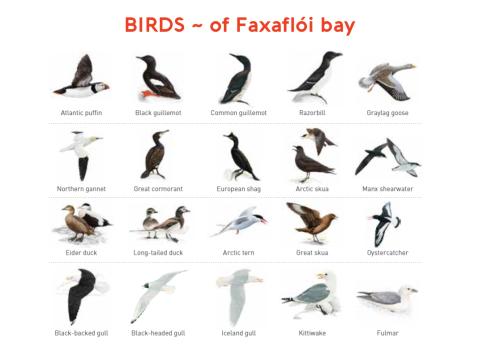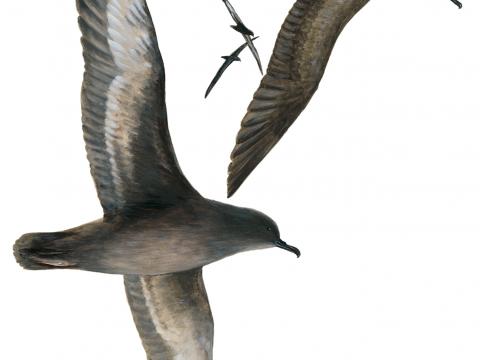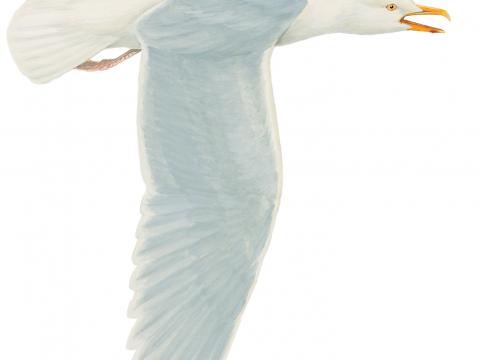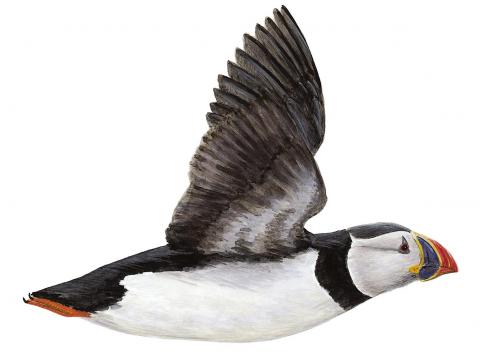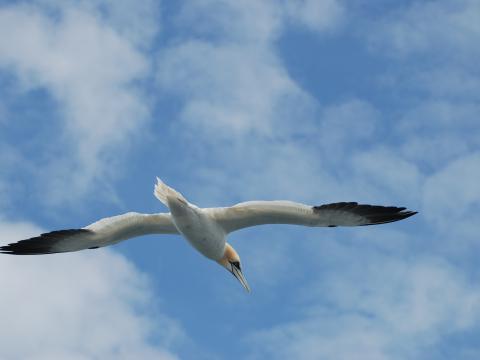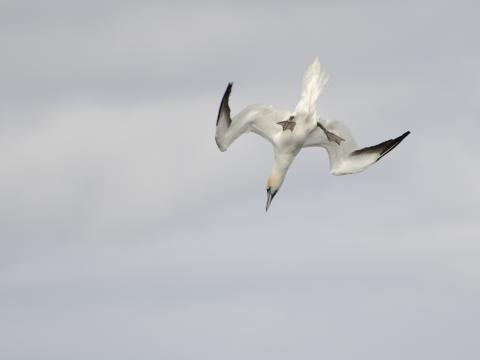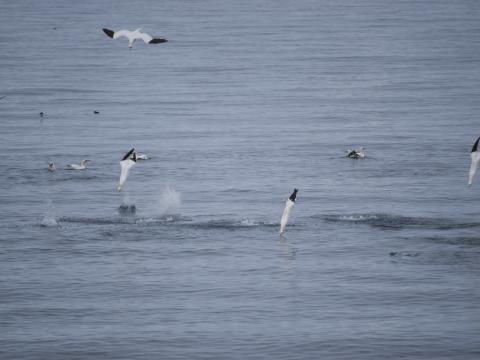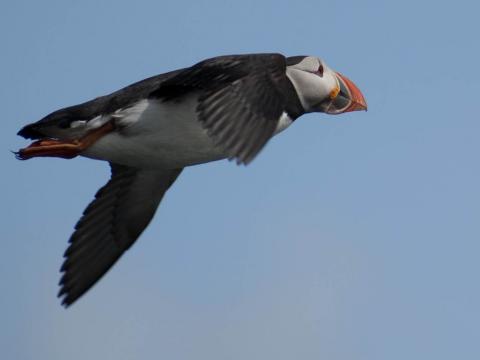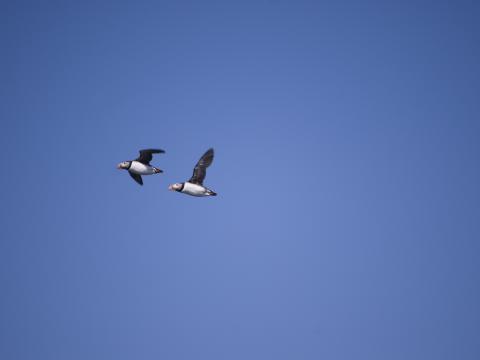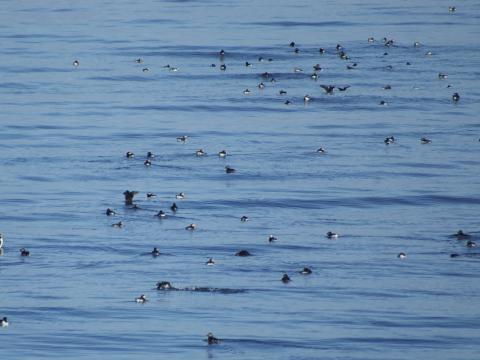Seabirds are an important part of every whale watching tour and they often guide us to the whales. During the summer months the puffins make a spectacle of themselves as well as the gannets, fulmars, guillemots, skuas, arctic terns and many more. The winter birdlife is not so diverse but it is nice to see certain species in areas that you wouldn't normally see.
-
Image
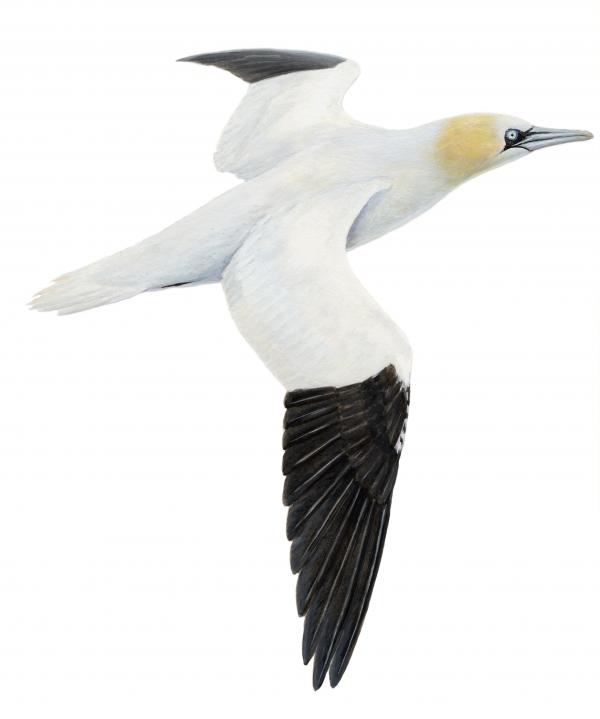 Read more...
Read more...We have one of the largest northern gannet colonies in the world just 10 miles of the Reykjanes Peninsula called Eldey (Fire Island). Roughly 25,000 pairs breed on this island every summer.
-
Image
 Read more...
Read more...Oystercatchers can be seen both on the floating docks in the harbour and also on the islands we visit to see the puffins. They specialise on the way they feed on bivalves (mussels, cockles), some oystercatchers pry the two shells apart (these oystercatchers have a very long pointed bill) and some hammer the shells (these oystercatchers have a very blunt short bill).
-
Image
 Read more...
Read more...The razorbill is also apart of the Auk family like the puffins. They look more like the guillemots but they are easily recognizable by their deep, flat-sided bill with white bands along the length and vertical band rear the tip. Their eggs are uniquely patterned so that the parents can locate them on the densely populated cliff ledges.
-
Image
 Read more...
Read more...These are seen in larger numbers in the wintertime in areas, which are free from ice. They are a freshwater duck but are seen frequently in harbours. They have a long sharp beak for feeding on small schooling freshwater or marine fish and invertebrates. They are a close relative and strongly resemble the Goosander. The only way to identify them correctly is by looking at the males.
-
Image
 Read more...
Read more...Petrels are part of the tubenose family of seabirds, which also include the fulmars, albatrosses and shearwaters. The storm petrels are very small birds that you usually see flying fast by very close to the water's surface where the air currents are strongest. We mostly see them when departing from hafnarfjörður, Keflavík or Grindavík harbours.
-
Image
 Read more...
Read more...The Whooper Swan is the largest bird and the only swan species that is found on Iceland. They are frequently seen on the two Puffin colonies we visit Lundey/Akurey. Swans pair up for life and the males will help construct the nest, which is not common with wildfowl. Whooper swans have been recorded flying at heights up to 8,200m when ambient temperatures are at -40°C.



